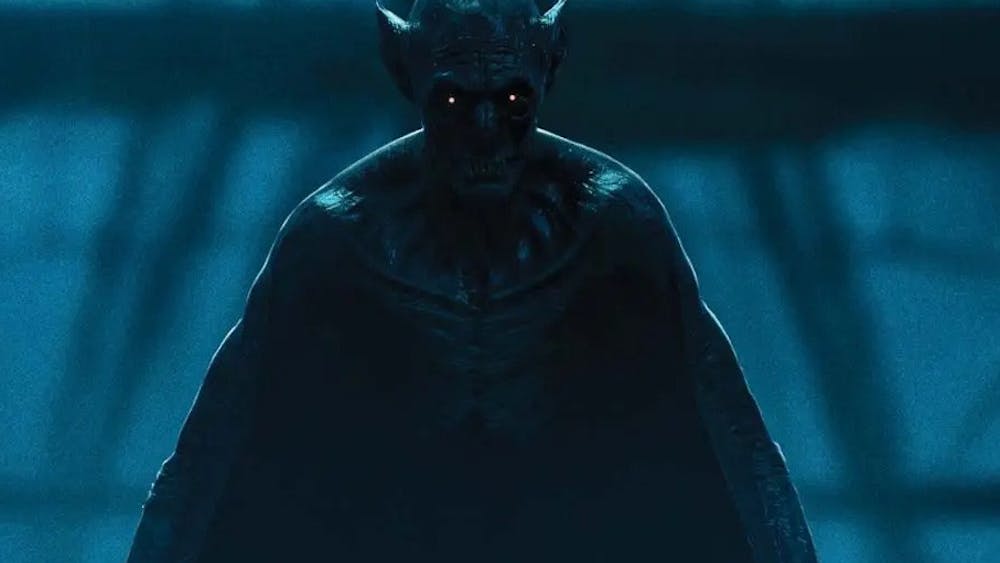Those who missed "Abduction from the Seraglio" last weekend must surely see it this weekend. This Mozart opera (actually a "Singspiel") is opening the IU Opera Theater's 2003-2004 season with kicks, giggles and a dash of eastern spices. But it was the performance of the opera that made it such a memorable piece.\nFirst of all, although many people probably scoff at performing the opera in English instead of its original German, the use of English actually intensified the intimacy with the audience. Singing and speaking in the native language of the performers gave them much comfort with their lines as was obvious from their facile interpretation. Much of the action in the play reached the audience quicker, especially the spoken stage action, because the audience did not have to read the supertitles for a translation. Also, the translation used was a wonderful one, preserving the rhyme and pun of the German script without being awkwardly arranged to the music.\nThe performers certainly did justice to the script. All were excellent. Alison Bates's portrayal of Constanza was less-noted for its dramatic effect than for Bates's phenomenal singing. Bates projected well, boasted amazing accuracy and remained unaffected by singing in unusual lying or bowing positions. Brian Stucki, who portrayed Belmonte, the other main character, deserves much credit for his amazing vocal skills and wide range of emotion successfully displayed. Quincy Roberts, who portrayed Osmin, the cruel guard, perhaps gave the most convincing portrayal of his character through his deep bass voice and his enthusiasm in expression. Aaron Humble as Pedrillo and Sheila Murphy as Blonde also did wonderfully, but their talent was for bringing out the comic, almost vaudevillian, element in the plot. All of the performers deserve no small amount of praise.\nPerhaps above these Stefano Vizioli, the guest stage director, should be congratulated. His role in the success of the opera as a theatrical work was vital. It was chiefly through his efforts that the performers were as much actors as singers and that their stage movements, although carefully planned, seemed natural. Vizioli's work led ultimately to a realistic portrayal of characters, usually sacrificed for the musical element of an opera.\nAnother important contributor to the production who deserves recognition is Robert O'Hearn, the stage designer. The new set he prepared for this opera was phenomenal -- a two-tiered Baroque building (complete with lamps and doors) that seemed almost real. Crags and rolling waves were also incorporated into the scene. Actual wave crashing sounds were also played to heighten the effect. The lighting was fantastic and gave realistic impressions of various skies. The costumes also were impressive, especially the colorful, exotic Turkish ones.\nAs usual, the IU Concert Orchestra under Imre Palló gave a stunning performance of Mozart's music. Palló's goal of doing Mozart justice was certainly fulfilled, and when the difficulty and oddness of the music are taken into account, this goal was no small achievement.\nThe only criticism of this performance lies not with the performers but with the audience. No standing ovation occurred and a curtain call had to be forced. Clearly the efforts of those who brought this work to fruition both onstage and offstage deserved better appreciation than was given them. Even though this opera may not be as well-known or grand as some of Mozart's other operas, its performance with such skill certainly deserves at least a standing ovation. Hopefully the audiences of this coming weekend will truly appreciate the wonderful season opener.\n-- Contact staff writer Adam Sedia at asedia@indiana.edu.
Opera successfully combines music, drama
Get stories like this in your inbox
Subscribe





